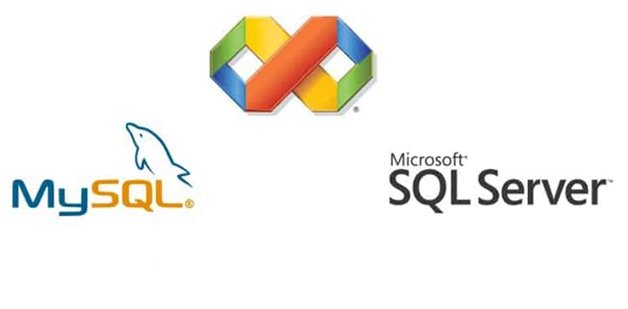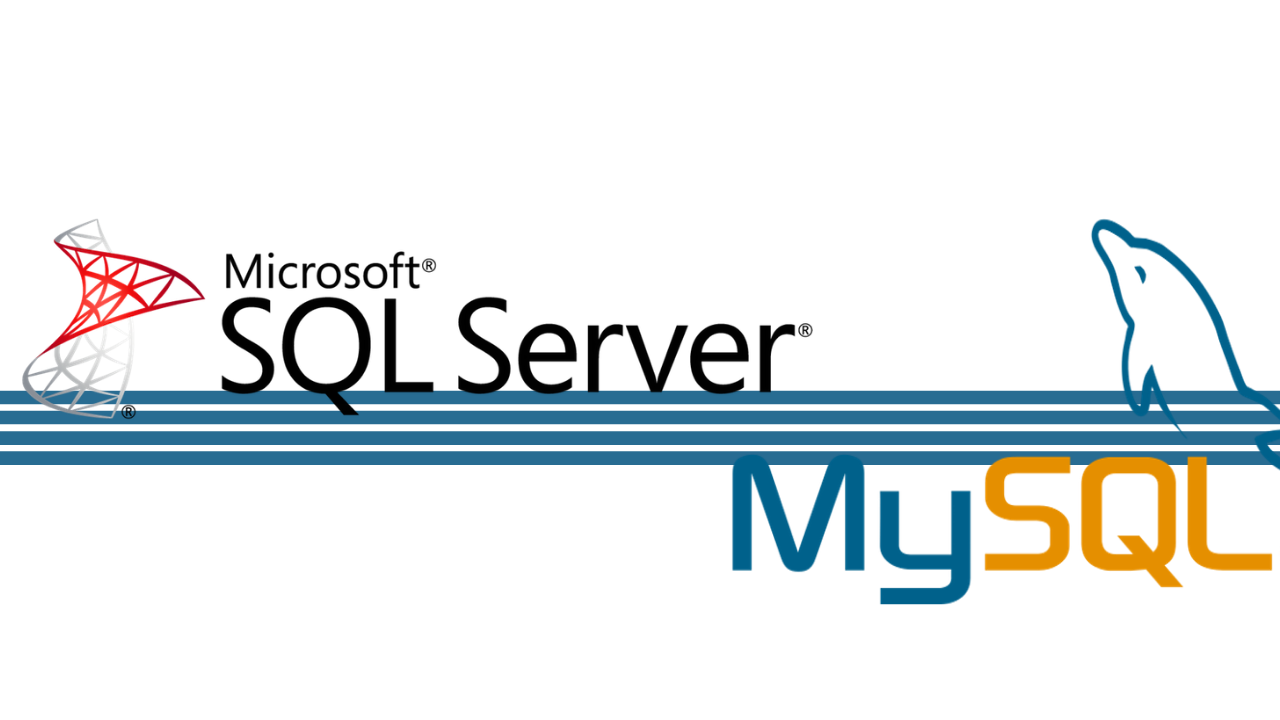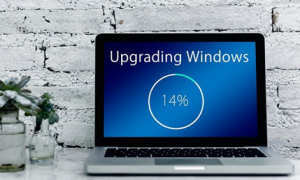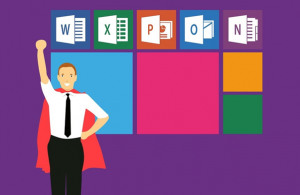When it comes to the development of software applications, Relational Database Management Systems are used for creating, updating, reading and deleting backend data. SQL is stands for structured query language (SQL). MySQL is developed by Oracle and SQL Server is developed by Microsoft. The developers have the option of choosing from different RDBMS in accordance with different requirement of projects. However, the database choice generally differs for programmers. Various enterprises usually prefer an open source database system instead of commercial system for saving cost. It is important to note that large organizations consider commercial ones for availing advance features together with advanced encryption technology and security mechanism.
Both MS SQL and MySQL are utilized widely. The latter one is an open source system while the formal one is a product of Microsoft. In general Microsoft enables companies to select from various versions as per their budget and their needs. Still, smart programmers keep the key differences between them in their mind when making the right selection.

Supported Platforms
Microsoft provides flexibility in terms of versions offered. It provides developers flexibility in integrating system to their system. These flexibilities come with some drawbacks in the form of limited features on Linus or Mac OS X. On the other hand, MySQL runs smoothly on these platforms.
Supported Programing Languages
There is slight difference in terms of the pregaming language these platform support. Most programming languages like Java, PHP, C++, Python, Ruby, Visual Basic, Delphi and Go and R supported by these platforms. MySQL on top of that supports languages like Perl, Scheme, Tcl, Haskel and Eiffel. MySQL is popular choice of developers due to its support for large number of programming languages.
Storage Engine
MySQL offers flexibility in terms of storage engines and supports multiple types of storage engines. This flexibility wasn’t available in earlier versions and supported only non-transactional storage engine. Programmers using older versions of database would then use it by upgrading the storage engine. SQL Server provides single storage engine and it needs to be the latest version in order to fully avail RDBMS capabilities. MySQL is the popular choice of developers because of the support for multiple storage engines.
Filtering
If you want customizability, then MySQL offers multiple filtering options. For this purpose, the developers need to use individual database to filter out the data in tables and rows. In SQL Server the developers can take advantage of row-based filtering option to structure data in a database way. Filtered data then goes to its assigned space where it is easily accessible to programmers.
Backup
MySQL provides option of backing up data in the form of SQL statements. RDBMS during back up process blocks the data. This feature is useful when you’re switching from one version to another version of MySQL. Because the data is processing multiple SQL statement, it makes the process time consuming. On the other hand, SQL Server does not block database while backing up the data which saves time of developers.
Both platforms have their pros and cons. It depends upon your requirements and what suits you the best.





